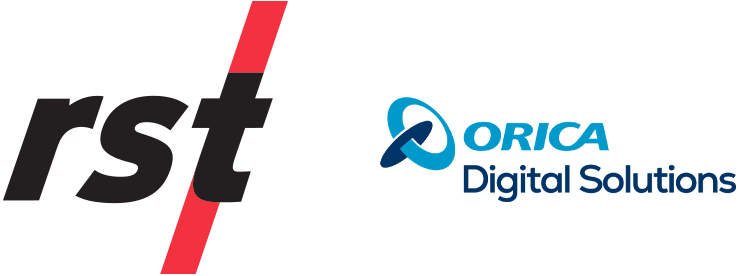Structural Health
Structural health monitoring is key to improving decision making, managing risks, increasing safety, increasing productivity, optimizing designs, and reducing costs for the long term health of our assets

Structural health monitoring is key to improving decision making, managing risks, increasing safety, increasing productivity, optimizing designs, and reducing costs for the long term health of our assets
Many asset owners and their engineering design firms assess and manage the health of their structures to prioritize maintenance/rehabilitation and replacement of aging structures. Historically, visual inspections have been the main form of assessment of these structures.
Structural health monitoring systems can be used to complement visual inspections by providing real-time data of structural parameters. Over time, changes in these parameters can give indications of the health of the structure and allow the owner to prioritize which assets need urgent attention. Action plans can be designed and implemented based upon collected data.
Structural health monitoring can be used both on aging and new structures alike and many new structures are being designed with SHM specified.

I’m very happy with the quality of the instrumentation and technical support from RST, as always. They worked with us from the initial stages of the project to ensure that we were fully prepared and equipped to use the RSTAR network for the first time. They delivered everything within the tight project time frame to ensure that there were no delays on site, and the submersible tilt meters looked like new even after over twelve months of being submerged in Thames water!
-Richard Lipscombe, BEng (Hons), Director & Principle Consultant - RL Geotechnical Ltd